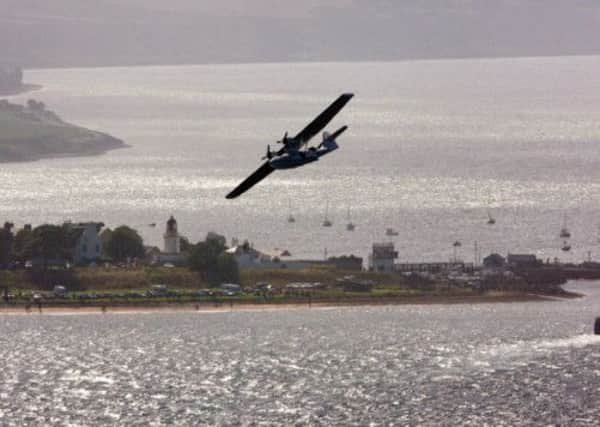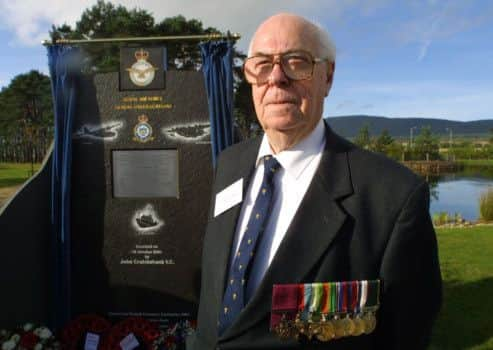Historic Catalina plane flies over Cromarty Firth


The Catalina G-PBYA plane left the Imperial War Museum Duxford following the route of the doomed 1913 Circuit of Britain flight.
The 1,600-mile route was made famous 100 years ago by pilot Harry Hawker and mechanic Harry Kauper in a Sopwith Waterplane - but despite two attempts they did not complete the journey, eventually crashing into the sea and destroying the aircraft.
Advertisement
Hide AdThe crew are hoping to follow the original route as closely as possible in a trip expected to take five days.


Pilot Jeff Boyling who, like Harry Hawker, was born in Australia said: “Flying the Catalina G-PBYA is a huge privilege and honour.
“It is wonderful that this historic aircraft can pay tribute to a great aviator who was a real pioneer.”
The Catalina is the UK’s oldest airworthy amphibian plane.
The route in 1913 started and finished at Southampton Water, with eight control points in Ramsgate, Great Yarmouth, Scarborough, Aberdeen, Cromarty, Oban, Dublin and Falmouth.
Nowadays the airspace is more restricted but the flight will visit as many of the historic sites as it can.